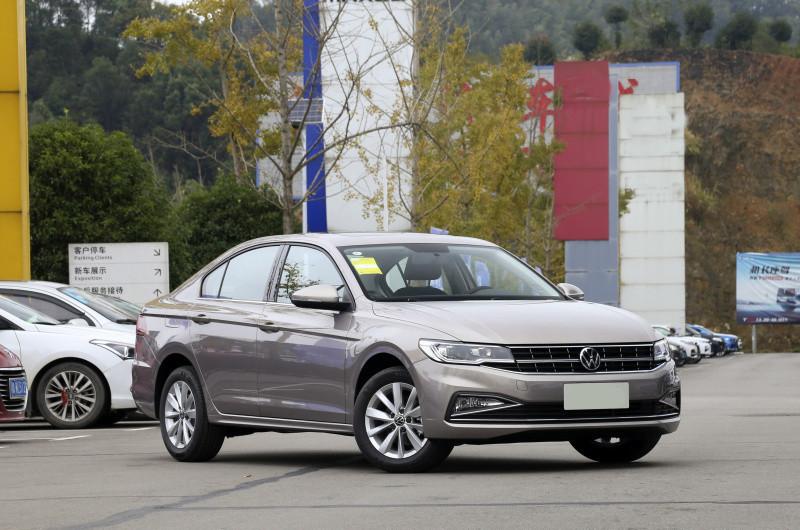As we all know, in the compact car market of about 100,000, German cars and Japanese cars are the most popular among consumers, German cars, Volkswagen Langyi, Polaroid, Sagittarius support half of the sky, and among the Japanese cars, Nissan Xuanyi, Toyota Corolla, Leiling and Honda Civic are also the focus of everyone's attention, so how big is the difference between German cars and Japanese cars? Not long ago, when a friend next to me bought a car, he first test-drove Volkswagen Bora, and then test-drove Toyota Ralink, and finally he chose the latter, let's take a look at his car selection experience!

First of all, let's talk about Volkswagen Bora, Bora's sales in China have been very good, the average monthly sales in 2021 is about 20,000 units, its advantage is the appearance of the atmosphere, especially this generation of models produced on the MQB platform, it looks very advanced, the interior is decent, or Volkswagen's consistent style, the wheelbase of 2688mm ensures the ride space, but the rear floor is slightly higher, affecting some practicality.
Bora in terms of power to provide 1.5L, 1.2T and 1.4T three sets of power, the best sense of experience is of course 1.4T + 7DCT version, speed up is very brisk, lane change overtaking in the city are very easy, but friends of the budget is limited, can only buy 1.5L naturally aspirated version, the start is slightly meaty, and the configuration of the lack of some active and passive safety configuration, feel that the public premium is still some serious.
Then friends went to test drive Toyota Leiling, the reason why did not look at Corolla, because the appearance of Leiling is more in line with his aesthetic, large mouth grille with sharp LED light group, the entire front face looks very aggressive, the interior style is simple home, the dashboard is a traditional mechanical pointer instrument, there is a 4.2-inch LCD screen on the right side, which can show a relatively rich vehicle information, and the 9-inch suspension central control screen is also more convenient to use.
In terms of space, The wheelbase of Leiling is 2700mm, slightly larger than Bora, the space performance of the two cars is not much different, the daily grocery commuting is enough, but The rear floor of Leiling is lower than that of Bora, if it is a case of three people sitting in the back, the passengers in the middle can feel better. As for the storage space, the front storage compartment is more reasonably designed, mobile phones, water cups and other items can find the right position at any time, and the trunk is also quite regular, and the size is enough.
Regarding power, Ralink also provides three sets of power, namely 1.5L, 1.2T and 1.8L dual engine, friends bought is 1.2T model, the maximum horsepower of 116 horses, matching CVT gearbox, don't look at the small displacement turbocharged engine, but the speed is still quite fast, especially the initial acceleration, as long as you are willing to give the throttle power bar, there is no pressure in the city, speeding up and overtaking are more than comfortable, and the CVT gearbox brings good ride, and very fuel-efficient, 100 km fuel consumption is only 7L or so.
The most satisfying thing for friends is the configuration of this car, friends this 185T CVT luxury version belongs to the low-end version, but the configuration should be everything, the whole car is equipped with 8 airbags, as well as lane departure warning, lane keeping assistance, active braking and full-speed adaptive cruise and other intelligent auxiliary driving functions, while like reversing images, electric sunroof, keyless start, keyless entry, multi-functional steering wheel, satellite navigation, car networking and other practical and convenient configurations are not absent, Moreover, the front and rear wheels of this car chassis use independent suspension, which is thicker than Bora.
The above is the friend's car selection experience, in general, Volkswagen Bora pays more attention to the appearance and texture, the driving quality is also good, but Toyota Raling pays more attention to safety and practicality, and the power, fuel consumption are relatively outstanding, and the sales volume is not worse than Bora, which is probably the difference between German cars and Japanese cars, I don't know which car you think is more attractive?